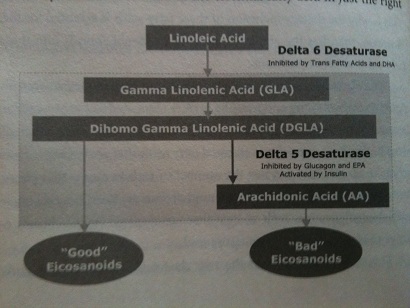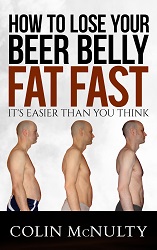If you’ve not seen it yet, you may like to comment on my How to cook a Blue Steak which has attracted a lot of polarised views!
There’s been so much debate however, I thought it was time I put up a video showing how I cook my blue steaks. Note that I don’t say that this is *the* way, or the best way, but this is just how I cook my blue steaks. (Sorry for the sizzling sound when the steaks go on the pan!) Enjoy:


